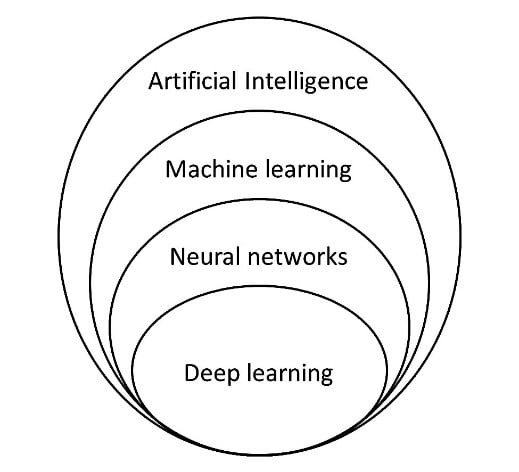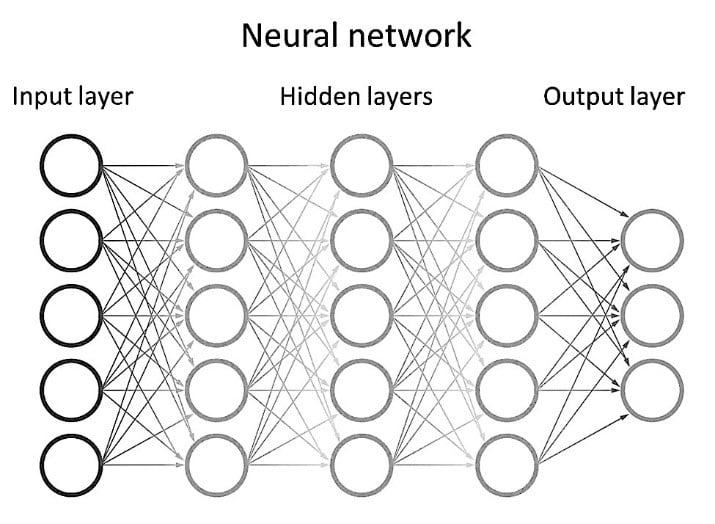Artificial Intelligence Applications in Medicine
A special issue of Healthcare (ISSN 2227-9032). This special issue belongs to the section "Artificial Intelligence in Medicine".
Deadline for manuscript submissions: closed (30 June 2023) | Viewed by 117925
Special Issue Editor
Interests: artificial intelligence; molecular histopathology; pathology; neoplasia; inflammatory diseases; biomarkers; immune checkpoint; immuno-oncology; health care informatics; diagnosis and treatment
Special Issues, Collections and Topics in MDPI journals
Special Issue Information
Dear Colleagues,
This Special Issue aims to publish theoretical and empirical research in the interdisciplinary area of medicine and healthcare, with a special focus on artificial intelligence applications.
This includes health informatics research on disease prevention, early diagnosis, diagnosis, and treatment.
AI, machine learning, deep learning, and neural networks are terms that tend to be used interchangeably but they have different meanings. Machine learning is a subfield of AI, deep learning is a subfield of machine learning, and neural networks make up the backbone of deep learning algorithms. The depth refers to the number of node layers of a neural network that distinguishes a single neural network from a deep learning algorithm, which must have more than three.
An artificial neural network has four main components: inputs, weights, a bias or threshold, and an output.

The approach is different between machine learning and deep learning. Machine learning tends to require structured data and uses traditional algorithms like linear regression. Deep learning employs neural networks and can handle large volumes of unstructured data.

Artificial intelligence (AI) in medicine uses machine learning and neural network models to search for medical data and discover observations to help improve health outcomes and patient experiences. Due to the recent advances in computer science and informatics, AI is quickly becoming a fundamental part of present-day healthcare. There are several AI applications in medicine:
- Disease detection and diagnosis.
- Personalized disease treatment.
- Medical imaging.
- Clinical trial efficiency.
- Accelerated drug development.
This Special Issue welcomes research on the application of AI in medicine.
Dr. Joaquim Carreras
Guest Editor
Manuscript Submission Information
Manuscripts should be submitted online at www.mdpi.com by registering and logging in to this website. Once you are registered, click here to go to the submission form. Manuscripts can be submitted until the deadline. All submissions that pass pre-check are peer-reviewed. Accepted papers will be published continuously in the journal (as soon as accepted) and will be listed together on the special issue website. Research articles, review articles as well as short communications are invited. For planned papers, a title and short abstract (about 100 words) can be sent to the Editorial Office for announcement on this website.
Submitted manuscripts should not have been published previously, nor be under consideration for publication elsewhere (except conference proceedings papers). All manuscripts are thoroughly refereed through a single-blind peer-review process. A guide for authors and other relevant information for submission of manuscripts is available on the Instructions for Authors page. Healthcare is an international peer-reviewed open access semimonthly journal published by MDPI.
Please visit the Instructions for Authors page before submitting a manuscript. The Article Processing Charge (APC) for publication in this open access journal is 2700 CHF (Swiss Francs). Submitted papers should be well formatted and use good English. Authors may use MDPI's English editing service prior to publication or during author revisions.
Keywords
- artificial intelligence
- machine learning
- artificial neural networks
- prognosis
- treatment
- medicine
- health care
- pathology






